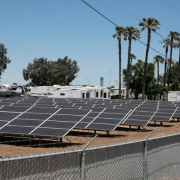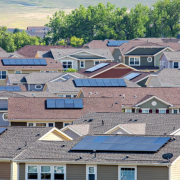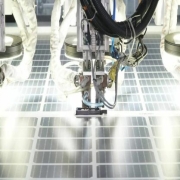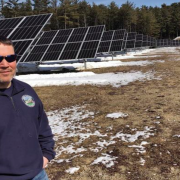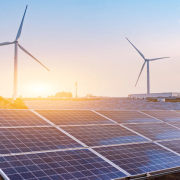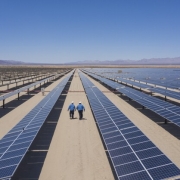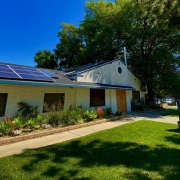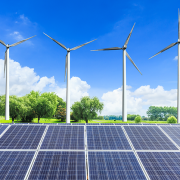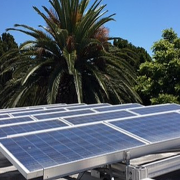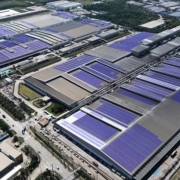Community solar is finally about to have its moment in the sun.
Signed into law last year, Assembly Bill 2316 requires the California Public Utilities Commission to assess new community renewable energy program proposals with a focus on serving low-income customers. This will make solar power an option for all residents, not just wealthier homeowners.
Community solar allows families to subscribe to a project through a community solar provider. Customers will receive a community solar credit on their utility bill, saving them money on their energy bills. The customer’s participation in the community solar program supports the development and operation of a community solar project that provides energy to the grid. Projects are generally connected to the distribution grid and are typically located on underutilized land.
Click here to read the full article
Source: CAL MATTERS
—
If you have any questions or thoughts about the topic, feel free to contact us here or leave a comment below.

